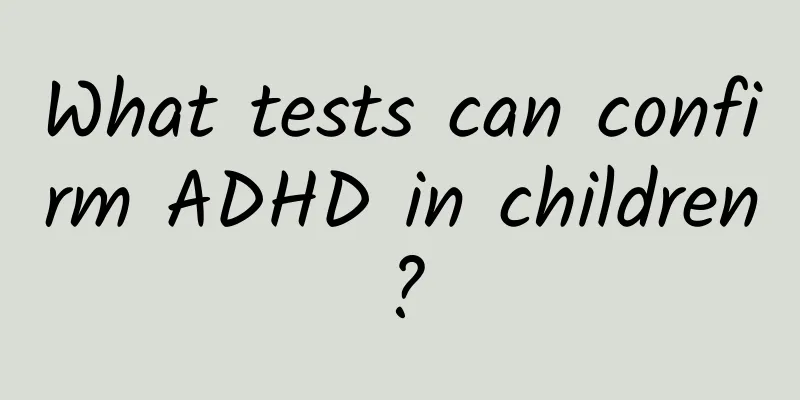What should I do if my newborn has high jaundice?

|
What should I do if my newborn has high jaundice? Neonatal jaundice can be physiological jaundice or pathological jaundice. Among them, physiological jaundice is related to its own bilirubin metabolism characteristics and generally does not require special treatment. Pathological jaundice is caused by factors such as excessive bilirubin production, liver bilirubin metabolism disorders, and bile excretion disorders. Common treatment measures include phototherapy, drug therapy, exchange transfusion therapy, daily care, etc. 1. Physiological jaundice Physiological jaundice often appears 2-3 days after birth, reaches a peak on the 4-5th day, and disappears on the 7-9th day. It usually does not exceed 2 weeks, so no special treatment is required. However, parents need to closely monitor the changes in jaundice values and measure the jaundice values every 1-2 days. At the same time, feeding should be strengthened. Eating more and excreting more can promote the excretion of bilirubin in the body and eliminate jaundice. If the child's jaundice value decreases slowly, intestinal probiotics can be appropriately supplemented to regulate, improve intestinal flora such as bifidobacteria and lactic acid bacteria, reduce the enterohepatic circulation of bilirubin binding, and promote the disappearance of jaundice. 2. Pathological jaundice 1. Phototherapy If the child's serum bilirubin level reaches the phototherapy standard, blue light irradiation therapy can be used to accelerate the removal of bilirubin, and continuous or intermittent irradiation can be adopted according to the condition. 2. Drug treatment Children may also receive medications, such as phenobarbital, to improve the liver cells' ability to process unconjugated bilirubin. For hypoproteinemia, albumin may be infused to bind free bilirubin and reduce the level of bilirubin in the blood. 3. Exchange blood therapy If the serum indirect bilirubin level is too high and reaches the standard for transfusion, or if bilirubin encephalopathy such as milk refusal, adverse mental reactions, and convulsions occurs, transfusion therapy can be used. 4. Daily care In addition to strengthening feeding, parents should also closely observe their children's mental reactions, milk intake, activities, etc., and pay attention to keeping them warm to prevent infection. If there are neurological sequelae, active rehabilitation treatment is required. When children develop pathological jaundice, parents should seek medical attention as soon as possible to increase the cure rate. |
<<: Is there a difference between pneumonia and pneumonia in children?
>>: What is the normal value of neonatal jaundice?
Recommend
What are the daily dietary points for children with acute laryngitis?
The baby in the family got acute pediatric laryng...
Traditional Chinese medicine for treating hernia in children Traditional Chinese medicine for treating hernia in children
Traditional Chinese medicine is used to treat her...
How much does it usually cost to treat ADHD?
The cost of treating children with ADHD will also...
When is the best time to take ADHD medication?
ADHD is the abbreviation of attention deficit hyp...
Hand, foot and mouth disease symptoms
Hand, foot and mouth disease symptoms Hand, foot ...
What tests should be done for influenza in children? 4 methods of testing for influenza in children
(1) Virus isolation: Use acute nasopharyngeal was...
How to prevent Kawasaki disease in daily life
How to prevent Kawasaki disease in daily life? Ka...
What should be done to check for acute laryngitis in children
What kind of examinations should be done for acut...
The child always coughs, has phlegm, colds and respiratory infections
When children always cough, expectorate, catch co...
How to solve the problem of indigestion in children? Treatment of indigestion in children
The health of children is very important to paren...
How to treat baby's dry cough
When a baby gets sick, parents are most worried. ...
How to treat a child who coughs and spits white foamy sputum?
If a child coughs and spit out white foamy sputum...
Rehabilitation training for congenital poliomyelitis symptoms
After the onset of polio, the child's legs wi...
Breast milk diarrhea has several symptoms
How many symptoms does breast milk diarrhea have?...
What are the treatments for polio?
Polio patients must always take various active me...









